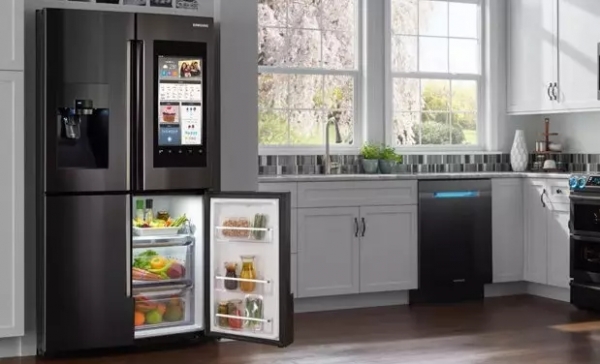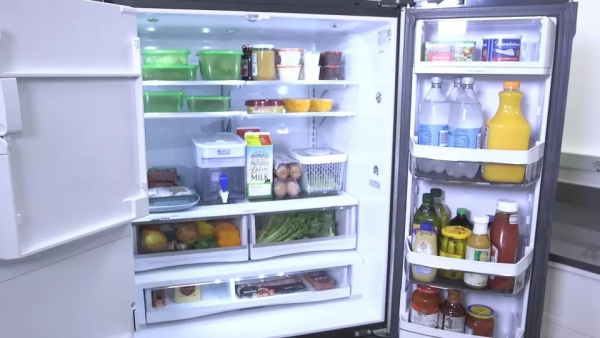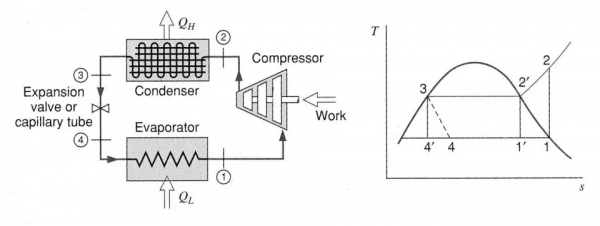
 Data Structure
Data Structure Networking
Networking RDBMS
RDBMS Operating System
Operating System Java
Java MS Excel
MS Excel iOS
iOS HTML
HTML CSS
CSS Android
Android Python
Python C Programming
C Programming C++
C++ C#
C# MongoDB
MongoDB MySQL
MySQL Javascript
Javascript PHP
PHP
- Selected Reading
- UPSC IAS Exams Notes
- Developer's Best Practices
- Questions and Answers
- Effective Resume Writing
- HR Interview Questions
- Computer Glossary
- Who is Who
How does a refrigerator keep the temperature cool inside it?
In ancient times the food was preserved by conventional techniques like salting and pickling which were not helpful all the time. These days refrigerators are utilized to protect food for long periods by cooling it.

This cooling procedure keeps bacteria away from attacking and ruining the food, which thus lessens food wastage. The refrigerator is one innovation that has positively changed the way we live. It has made it feasible for everybody to store or preserve food for long periods of time.
A Refrigerator functions on 2 basic principles:
As a fluid dissipates, it absorbs the warmth from the surrounding ranges.
The inverse happens if gas is compressed. That is a gas gives out heat when it is changed into a liquid.
Important parts of a Refrigerator

Heat exchanging channels − These coils are available inside and the outside of the fridge, they transfer the refrigerant starting with one part of the fridge onto the next.
Refrigerant − The refrigerant evaporates in the fridge creating very low temperatures.
Expansion Valve − The expansion valve which is comprised of a thin copper coil diminishes the amount of pressure on refrigerant.
Compressor − A compressor is a metallic part which compresses the refrigerant subsequently increasing the pressure, in turn, the temperature of the gas.
Condenser − A condenser converts the refrigerant into a liquid, decreasing its temperature.
Evaporator − An evaporator ingests the heat in the refrigerator with help of the dissipating liquid refrigerant.

How do Refrigerators function?
The pressure of the refrigerant gas is increased by compression thus resulting in an increase in temperature.
This gas at that point goes through heat transfer pipes where it loses its heat to its surroundings which cause the cooling of the refrigerant.
It now goes through a condenser which converts the gas into liquid form. This happens as the temperature of the refrigerant in the condenser continues decreasing however the pressure does not change.
The refrigerant at that point reaches the expansion valve, where there is a reduction of pressure which makes the refrigerant evaporate and expand. This further causes the temperature to drop.
The refrigerant evaporates in the part called as an evaporator, which absorbs the heat from the food and the surroundings in the fridge which keeps the food cool.
The second law of thermodynamics is utilized here. This law states that when two surfaces of various temperatures interact with one the other, the surface with the high temperature cools down and that with the lower temperature warms up.
This makes the refrigerant to heat up again and gets converted to gas. This gas again enters the compressor and the entire procedure is repeated forming a closed loop process.

